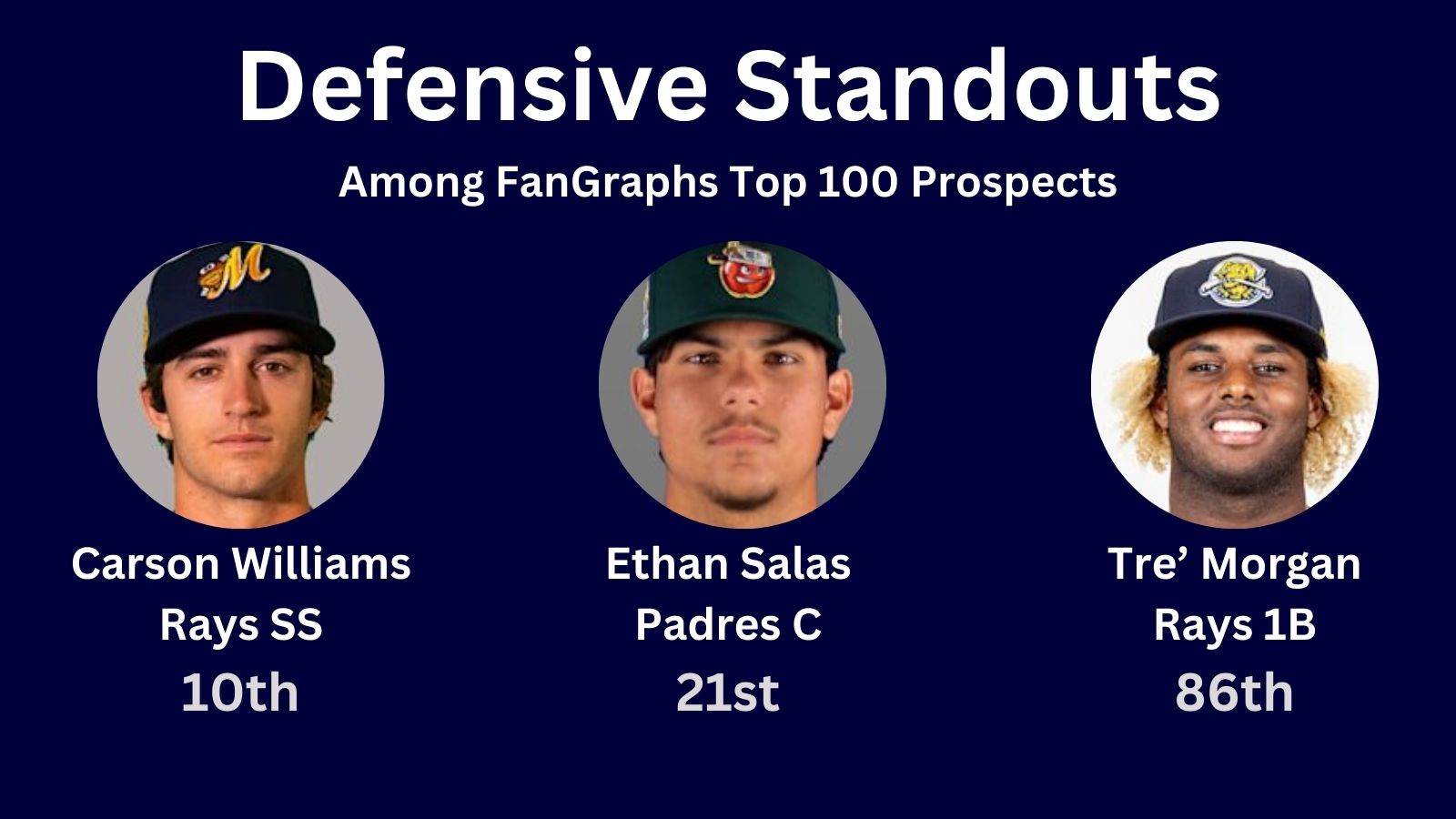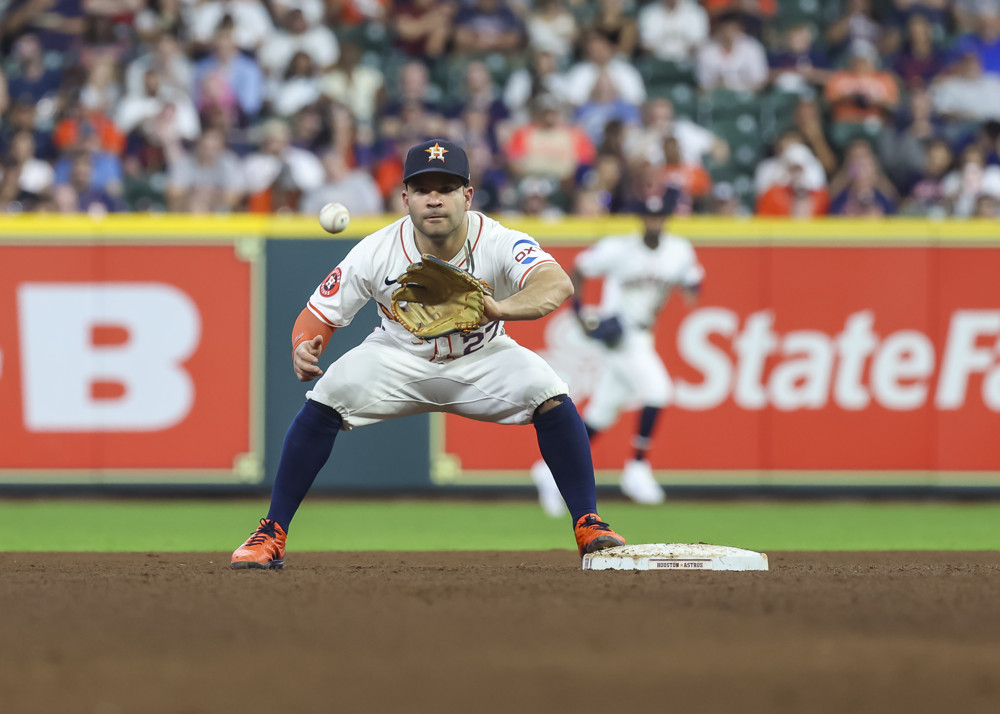By MARK SIMON
Yes, White Sox catcher Yasmani Grandal couldn’t handle a short throw to the plate yesterday, allowing the winning run to score in a loss to the Pirates.
But Grandal has handled some of the longer throws this season — the ones from 60-feet, 6-inches, pretty well.
One of the biggest acquisitions of the offseason was the White Sox signing Grandal to a four-year contract.
The move made the White Sox immediately better in one notable area –- pitch framing. Grandal leads all catchers in our stat that measures the ability to get extra strikes, Strike Zone Runs Saved, in 2020. His backup James McCann has been good behind the plate as well. The two have combined for 6 Runs Saved from their pitch framing. Last season, White Sox catchers combined to cost the team 11 runs from this.
Let’s show four examples of good framing work that White Sox catchers have done this season.
Here’s one from Grandal on a low pitch. The count here is 3-0 and historically the strike zone gets larger, but even so, our system estimates the strike probability of this pitch at 50%.
Different catchers have different approaches to catching this pitch. Indians catcher, Austin Hedges, the leader in Strike Zone Runs Saved last season, will often tap the dirt with his glove and try to catch the ball on the way up (he explained this on our podcast last year). Grandal doesn’t do that here, instead preferring an approach in which he keeps his hand as still as possible to try to present a better look for the umpire. In this case, it worked.
Then there’s this pitch, and it’s kind of neat here because the hitter is Roberto Pérez, another outstanding pitch framer. Sometimes, pitch-framing is about stealing strikes on pitches out of the strike zone. Sometimes it’s about making sure that pitches right on the edge are strikes. In this case, Grandal takes a borderline pitch and catches it in a way such that it looks like the pitch was in the middle of the zone.
That pitch had a 48% chance of being called a strike. That Grandal gets calls like these are why he’s atop our leaderboard.
As for McCann, he’s never rated as more than an average pitch-framer since his career began in 2014. But this year, he’s been good. It’s likely no coincidence that White Sox pitchers have a 2.66 ERA in 19 games when he’s behind the plate.
McCann contrasts a little with Grandal in that he brings the glove low pre-pitch so that he can catch knee-high pitches with his glove momentum traveling upwards. Here’s a pitch at the edge of the bottom of the strike zone with a 32% strike probability on which McCann gets a strike call.
Remember Lucas Giolito’s no-hitter on August 25. If you watched the celebration immediately after the final out, you would have seen McCann point to home plate ump C.B. Bucknor to thank him for calling a good game.
Every pitch Pirates hitters took that had at least a 50% chance of being called a strike was called a strike by Bucknor. And Giolito and McCann got four strike calls on pitches that had less than a 50% strike probability.
The most notable was this one in the fifth inning for a strikeout against Gregory Polanco.
That pitch had a 4.5% chance of being called a strike. Pitches like that going the White Sox way made for a magical day and look to be making for a magical season as well.
To learn more about how we calculate our Strike Zone Runs Saved stat, check out this award-winning paper from the Sloan Sports Analytics Conference.



